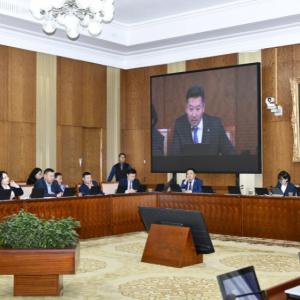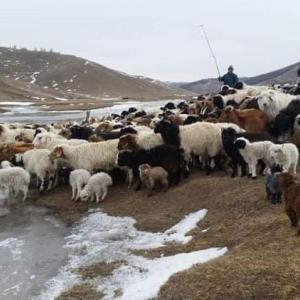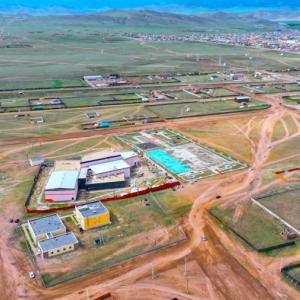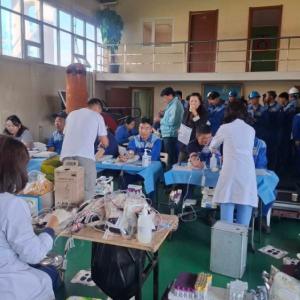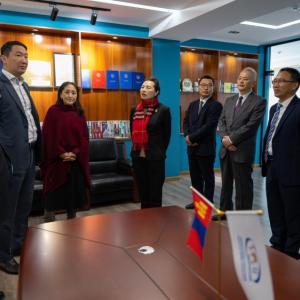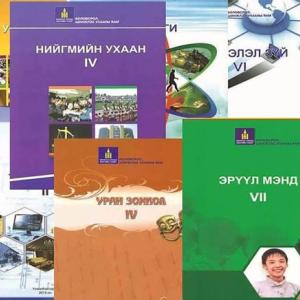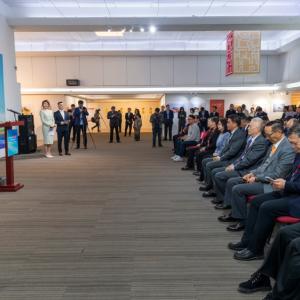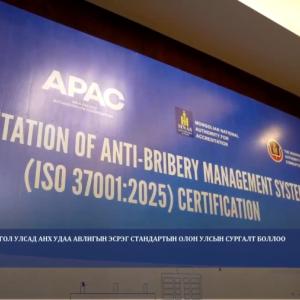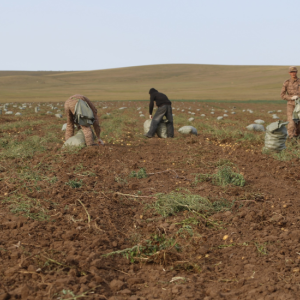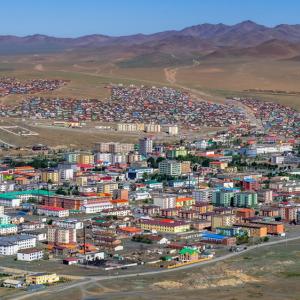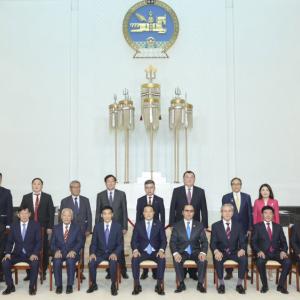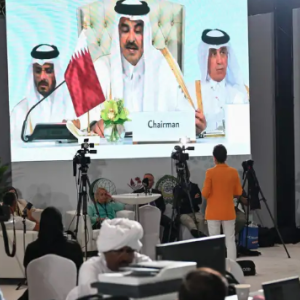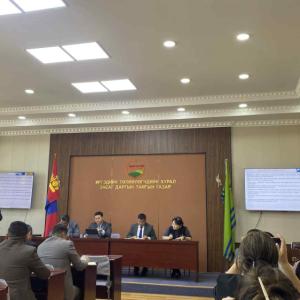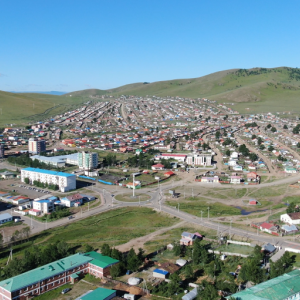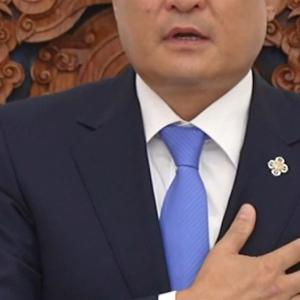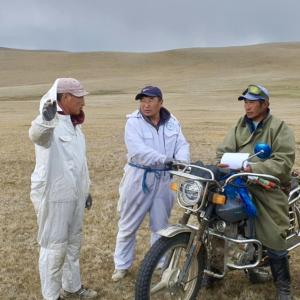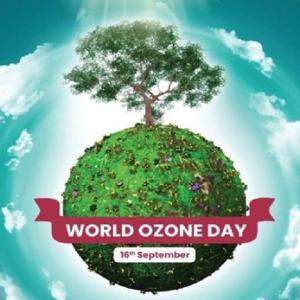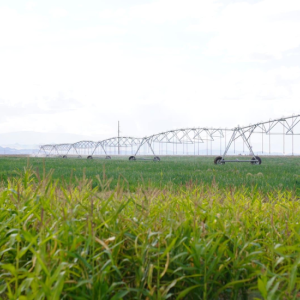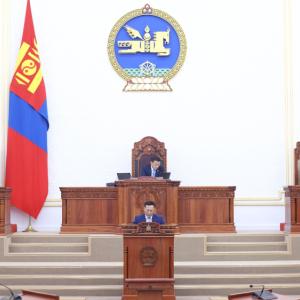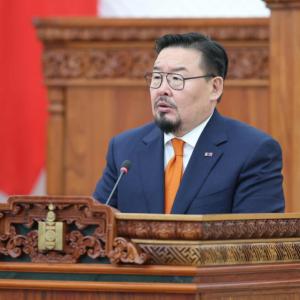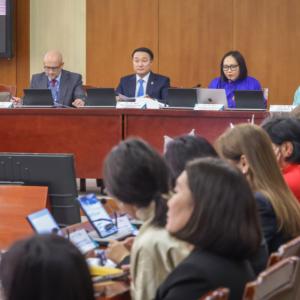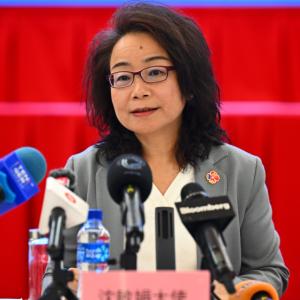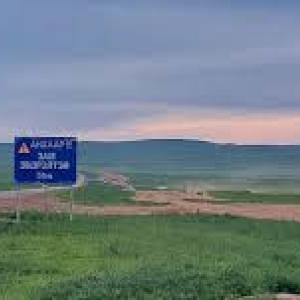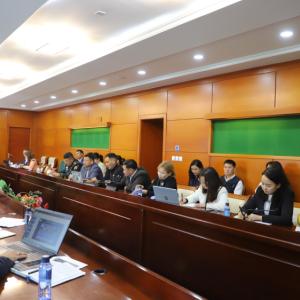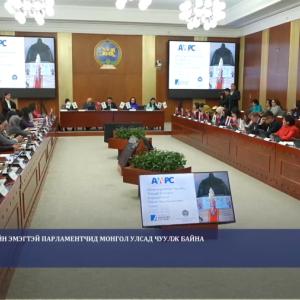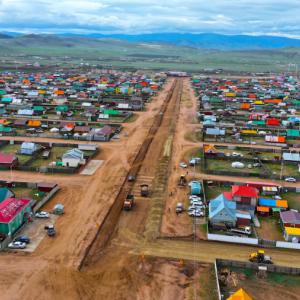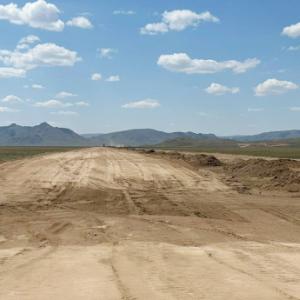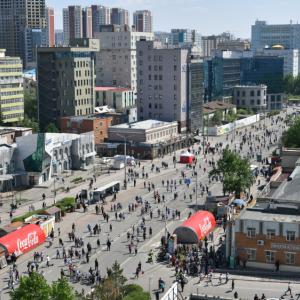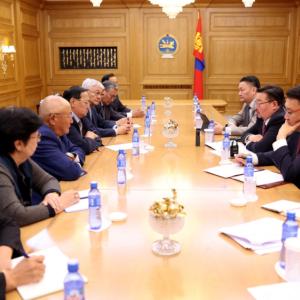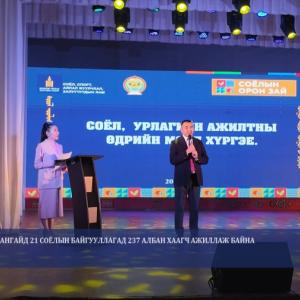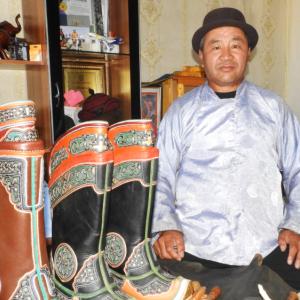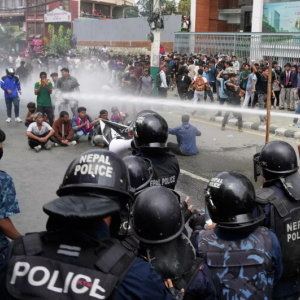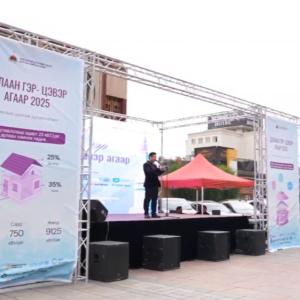Prime Minister reports parliament about general project on settlement of population
PoliticsUlaanbaatar/MONTSAME/ At October 5 plenary meeting of the Parliament, Prime Minister U.Khurelsukh reported about a progress of formulating ‘General development project on settlement and residence of the population’.
In the beginning of his report,
Prime Minister said, “Mongolia’s population has reached 3.2 million. The country
has administrative units as capital city, 21 aimags, 330 soums, nine districts,
1765 baghs and khoroos. According to the population survey and data, its urbanization
has reached 67.7 percent caused by increased migrations from rural areas to the
urban areas. About 66 percent of Mongolia’s population live in the capital
city, 23 regional and aimag centers as well as peri-urban areas.”
To decentralize the population, it is necessary to create factors to attract migrations in satellite cities and centers of aimags. It needs to take measures regarding ger area re-planning, reduction of soil, air and water pollution, develop satellite cities of Ulaanbaatar city and settlements such as aimag and soum centers.
“Since its first
formulation of ‘General development project on settlement and residence of the population’
in 1996, there were many changes and advancements in Mongolia’s socio-economic
system; thus now it needs to formulate new project document,” said the PM.
He also
stressed that intensifying urbanization triggers improper land use and the natural
disasters caused by climate change raise susceptibility of cities. For Mongolia
with severe climate and nomadic animal husbandry, a frequency of natural
disasters such as dzud and drought, and the volume of economic and social losses being caused by natural disasters tend to grow year by year.
The PM asserted that when ‘General development project on settlement and residence of the population’ is planned properly and implemented efficiently, many issues will be resolved, including to analyze present population settlements and resident to determine advantages and disadvantages; to develop fundamental infrastructure such as road, transport, communications and energy in consistent with territorial organizational policy; to formulate a study on optimal transition from one centered into multi-centered system and determine future development outlook; as well as others.
Japan’s International Cooperation Agency (JICA) is collaborating with the Ministry of Construction and Urban Development and National Development Agency of Mongolia in formulating ‘General development project on settlement and residence of the population’ and ‘Regional development policy’. Moreover, the Ministry of Construction and Urban Development and the Asia Development Bank established a Memorandum of Understanding in October, 2017 with a purpose to formulate and implement ‘General development program on settlement and residence of the Mongolian population’. Also UN HABITAT expressed its willing to cooperate by rendering technical assistance.

 Улаанбаатар
Улаанбаатар

